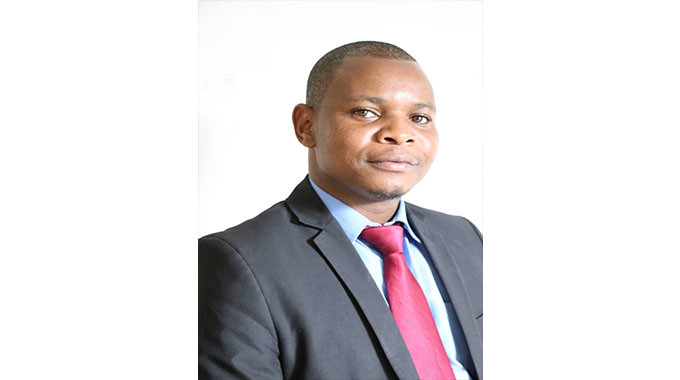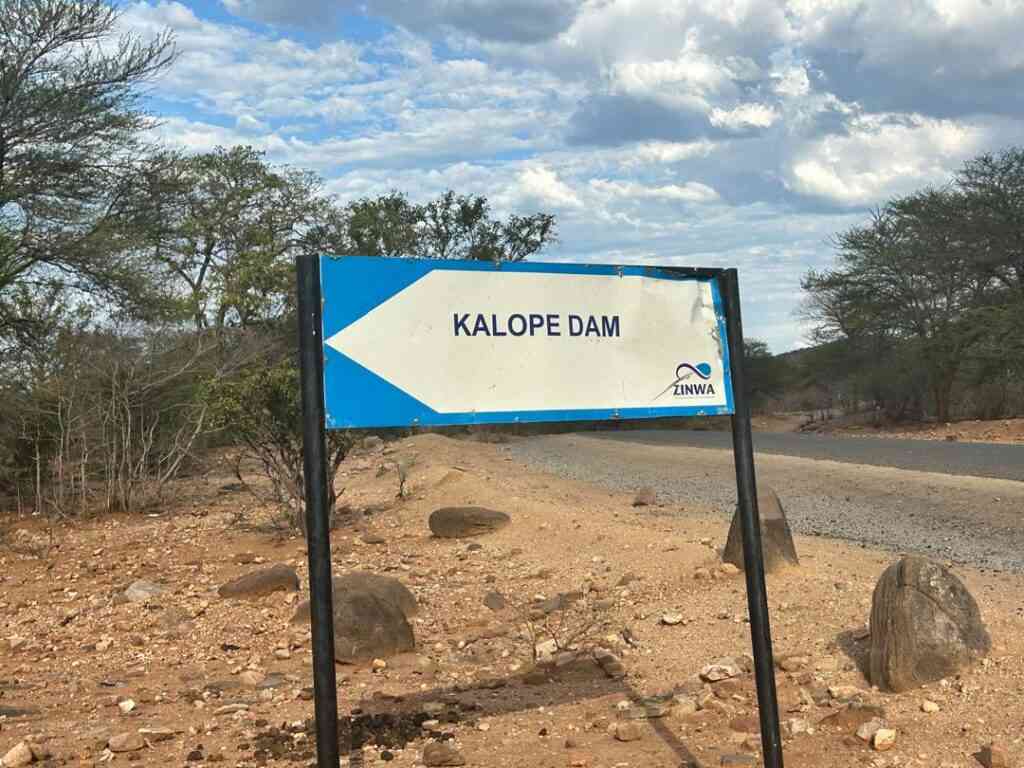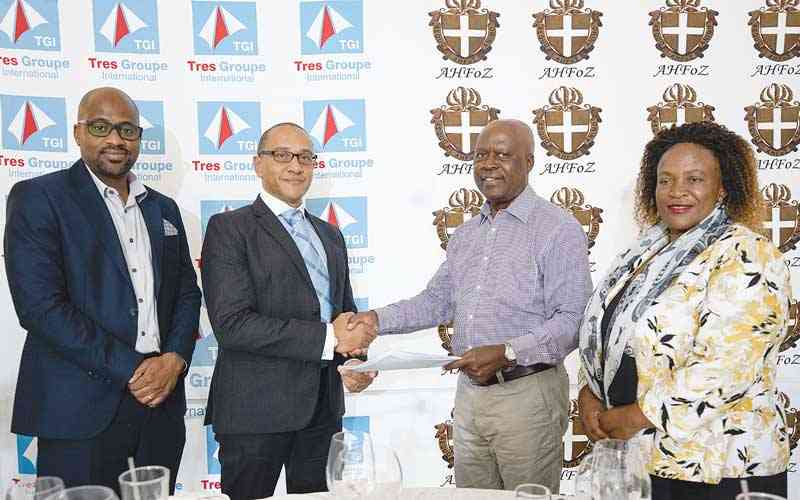
YOUNG Miners Foundation chief executive officer Payne Kupfuwa says capital remains the top challenge young miners face in the sector and has called for alternative financing models for entrepreneurs.
Currently, small-scale miners contribute an estimated 60% of all mining activities in Zimbabwe.
Yet, these young miners continue to face significant bottlenecks in securing financing for mining activities from banks or microfinanciers.
In the Chamber of Mines of Zimbabwe’s Mining Industry Prospects for 2025 incorporating The State of the Mining Industry Survey Report released a few months back, large miners highlighted poor access to capital as one of the industry’s major bottlenecks.
Hence, respondent mining executives indicated that they were funding their capital projects using internal resources with limited access to offshore financing due to Zimbabwe’s perceived country risk.
“The challenges we always face in small-scale mining are related to capital because mining is capital-intensive,” Kupfuwa said.
“Therefore, there is a need for alternative financing models for young people to establish a foothold in meaningful mining businesses so that they can grow and move away from viewing mining as a profit-driven initiative or a get-rich-quick scheme, but rather as a legitimate business.”
These miners need support amid an increasingly volatile global commodity market, which would limit local miners from continuing to rely on revenue for capex activities.
- Mineral sales drop to US$2,6bn in 11 months
- Young Miners Foundation bemoan lack of capital
Keep Reading
Recently, the Mineral Marketing Corporation of Zimbabwe recorded a 21,8% drop in cumulative mineral sales to US$2,6 billion in the 11 months of the year to November, compared to 2023, owing to the volatile global commodity market.
Kupfuwa said there was a significant information gap regarding the processes of securing mining rights, how to grow these operations and how to obtain various permits to trade different minerals, gemstones and ores.
“There should be information dissemination through training, workshops and symposiums to ensure that every young person across the country receives adequate information, education and enlightenment on how they can participate in the formalised and professional mining value chain,” he said.
He also emphasised the need for streamlined licensing procedures, as many aspiring miners faced bureaucratic hurdles that delayed access to necessary permits and licences, hindering their ability to engage in formal mining activities.
“Lead times should be quicker, and people should be able to obtain licences more easily. It should not be bureaucratic or difficult to access permits and licences for young people who want to enter the more formalised mining business,” Kupfuwa said.
“It should not be challenging to obtain tributes for chrome mining or to secure mining rights for gold, gemstones or other minerals.
“If these changes occur, we will see many more young people participating in formal mining.”










